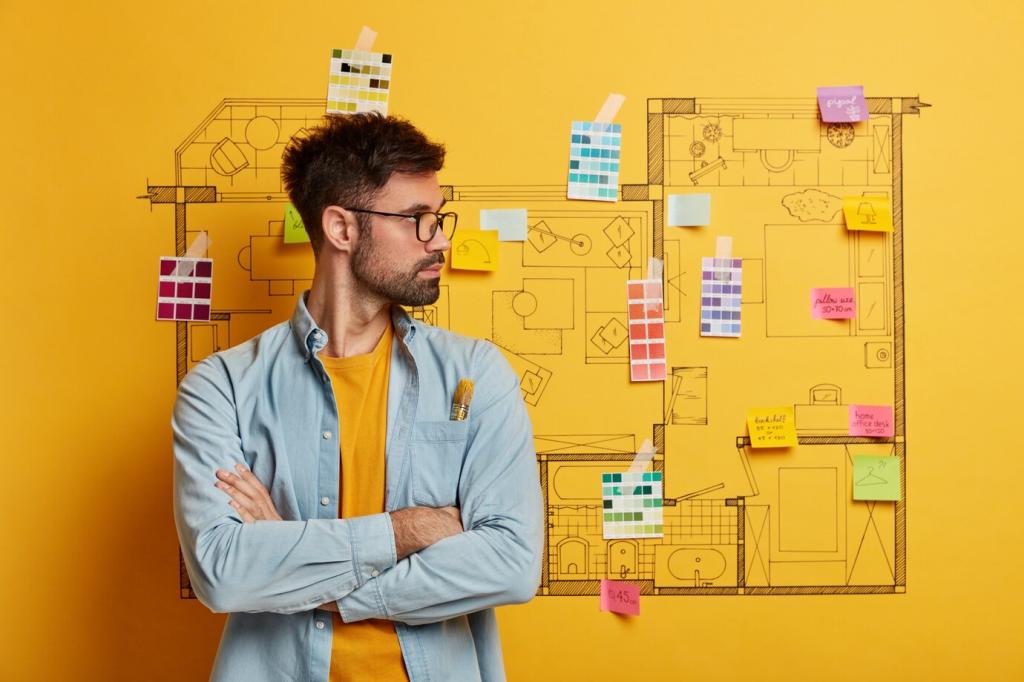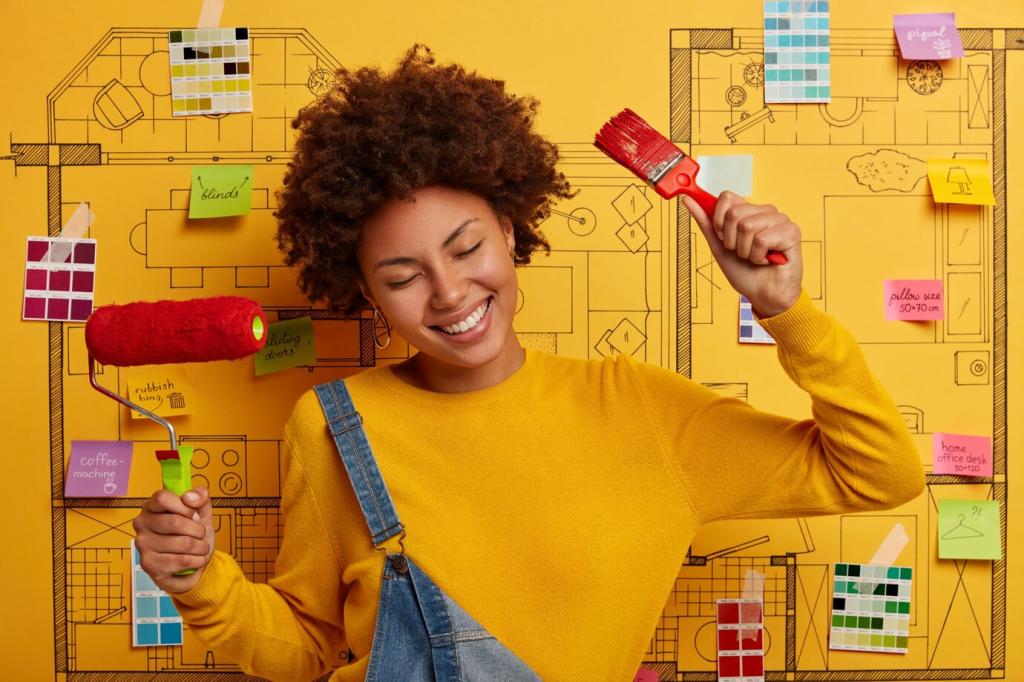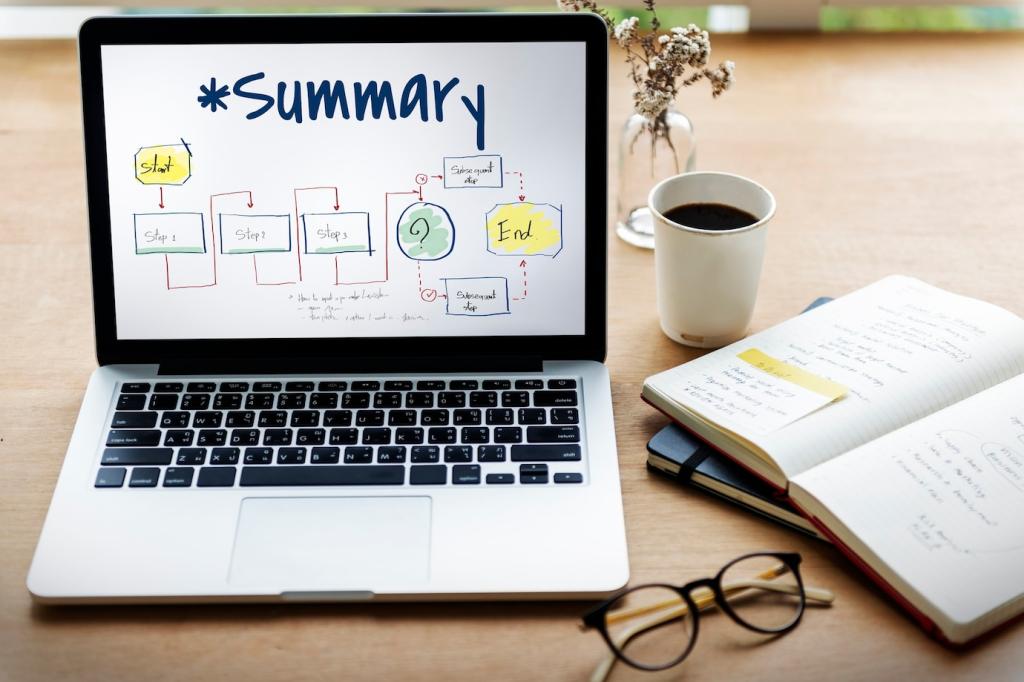
Building Your First Arduino Project: A Friendly Kickstart
Theme selected: Building Your First Arduino Project. Whether you are unboxing a fresh board or returning to a long paused hobby, this guide turns nervous curiosity into confident tinkering. Together we will wire, upload, debug, and celebrate that magical first blink. Stick around, ask questions, and subscribe for gentle, practical steps.
Unboxing and Setup Essentials
Place your Arduino Uno or similar board, a proper data USB cable, a small breadboard, jumper wires, a 220–330 ohm resistor, and an LED. Keep a computer with the Arduino IDE installed nearby. A notepad helps track pin choices, errors, and ideas for improving your very first Arduino project.
Your First Sketch: Blink With Meaning
Many boards include an onboard LED tied to pin 13, often labeled L. That tiny light is your progress bar in miniature. When it blinks, your toolchain is configured correctly. Celebrate this simple win; it is the first heartbeat of your very first Arduino project and a powerful confidence boost.
Your First Sketch: Blink With Meaning
Open a new sketch, define setup and loop, and use pinMode and digitalWrite with a delay to blink. Click Verify, then Upload, and wait for the status to confirm success. When the LED blinks, share your moment in the comments. Success stories inspire those still wrestling with their first Arduino project.


Breadboard Basics and Safe Circuits
Reading the Breadboard
Breadboards connect holes in rows and columns, but not always the way beginners assume. The center gap separates sides for chips, while power rails run along the edges. Learning this layout prevents mysterious non‑connections. Snap a photo of your layout and compare with guides to avoid early confusion.
Resistors and LED Polarity
LEDs have polarity: the longer leg is typically the anode. Always use a resistor, around 220 to 330 ohms, to limit current. Without it, your LED can burn out instantly. This small detail protects your parts and keeps your first Arduino project glowing instead of fizzling out unexpectedly.
Power Rails and 5V Safety
Stick to 5V and GND for beginner circuits, and double check before powering. Avoid short circuits by spacing jumpers and keeping wires tidy. If something smells hot, unplug immediately. Share your safety tips so others building a first Arduino project can learn from your calm caution and good habits.
From Blink to Button
You can wire a button with a 10k pull‑down resistor to read HIGH when pressed, or simply use INPUT_PULLUP and invert the logic. Either approach teaches clean digital input. Try both to understand signal stability. Post which method felt clearer during your first Arduino project experiments and why.


From Blink to Button
Mechanical buttons bounce, producing rapid flickers that look like multiple presses. Software debouncing with a short delay or a millis‑based state machine fixes this. Watch your Serial Monitor to visualize bounce. Share your debouncing approach so fellow readers can trust their first Arduino project buttons too.

Printing Useful Messages
Start with Serial.begin and sprinkle Serial.println lines in your code. Print variable values, program states, and milestone messages. Clear logging turns guesswork into understanding. Show your favorite debug line in the comments. Model thoughtful communication in your first Arduino project and everything gets easier from here.

Reading Input Values
Use the Serial Monitor to accept characters and numbers that change behavior on the fly. Modify blink speed, LED brightness, or a threshold without recompiling. It feels like magic. Share a snippet of what you controlled interactively during your first Arduino project and inspire flexible experimentation.

Serial Plotter for Visual Insight
The Serial Plotter transforms numbers into moving graphs. Visualize sensor noise, button bounce, or a potentiometer sweep. Patterns jump out immediately, guiding better code choices. Post a screenshot of your plot and subscribe for future tutorials that build from your first Arduino project into dynamic visual dashboards.

USB vs External Power
USB is simple and safe for small circuits. External power through the barrel jack or VIN should stay within recommended ranges, typically around 7 to 12 volts for many boards. Double check polarity before connecting. Share what power source you used in your first Arduino project and why it worked well.

Mistakes That Damage Components
Common pitfalls include shorting 5V to GND, powering sensors incorrectly, or running LEDs without resistors. Excess current through I/O pins can silently harm a chip. If you make a mistake, do not panic. Unplug, recheck wiring methodically, and tell us what saved your first Arduino project from disaster.
Next Steps: Sensors and Ideas
A potentiometer gives a gentle introduction to analog inputs. Read its value and map it to LED brightness using PWM. You will feel the loop respond instantly. Post a short note about your mapping results. That little dial can make your first Arduino project feel tactile, expressive, and surprisingly engaging.
Next Steps: Sensors and Ideas
Start with an analog sensor like the TMP36 or a digital DS18B20. Print readings, average samples, and set a caution threshold. Watching numbers change with your breath is oddly thrilling. Share a chart or a brief log from your first Arduino project to show how your code tracks real‑world changes.
Next Steps: Sensors and Ideas
Browse the Arduino Project Hub, join a forum thread, and subscribe here for steady, beginner‑friendly ideas. Post a photo of your setup and one lesson you learned today. Your voice helps others begin their first Arduino project with less fear and a lot more joyful experimentation.
